The Lenses and Refraction ClipArt gallery offers 75 illustrations of light changing direction as it passes through media with different refractive indices.
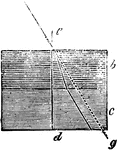
Refraction, glass and water
"Let the medium b be glass, and the medium c, water. The ray a, as it falls upon the medium b, is refracted…

Refraction of Light Between Air and Water
"LA represents a ray of light propagated in air, falling obliquely upon the surface of the water at…
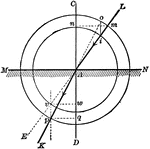
Refraction of Light Between Water and Air
"If the ray passes in the opposite direction, i.e., from water into air, the process is the reverse…
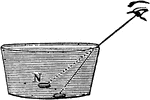
Refraction as seen by the Human Eye
"If the coin were to be observed in an empty pan and then watched as the pan was filled with water,…
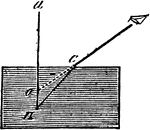
Refraction, water
"Suppose the rod a, to be set with one half of its length below the surface of the water and the other…
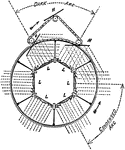
Repeating Light
"Plane mirrors M revolve on an endless chain placed outside of the apparatus and alter the direction…

Revolving Light
"In order to produce, on the catoptric system, a fixed light showing all round the circle, a number…

Revolving Light
"If again the light was to revolve, then a revolving chandelier was employed having a certain number…

Rose Cut
A rose cut is a cut of gemstone. In this cut, the upper surface is shaped into triangular facets of…

Spectrometer
"An instrument used chiefly to measure the angular deviation of light rays in passing through a prism,…

Stevensons Revolving Light
"In 1835 Mr. Stevenson, in a report to the Northern Lighthouse Board, proposed to add fixed reflecting…
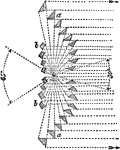
Swans Designs
"Professor Swan's Designs.—Among several ingenious arrangements and new forms of agents proposed by…


